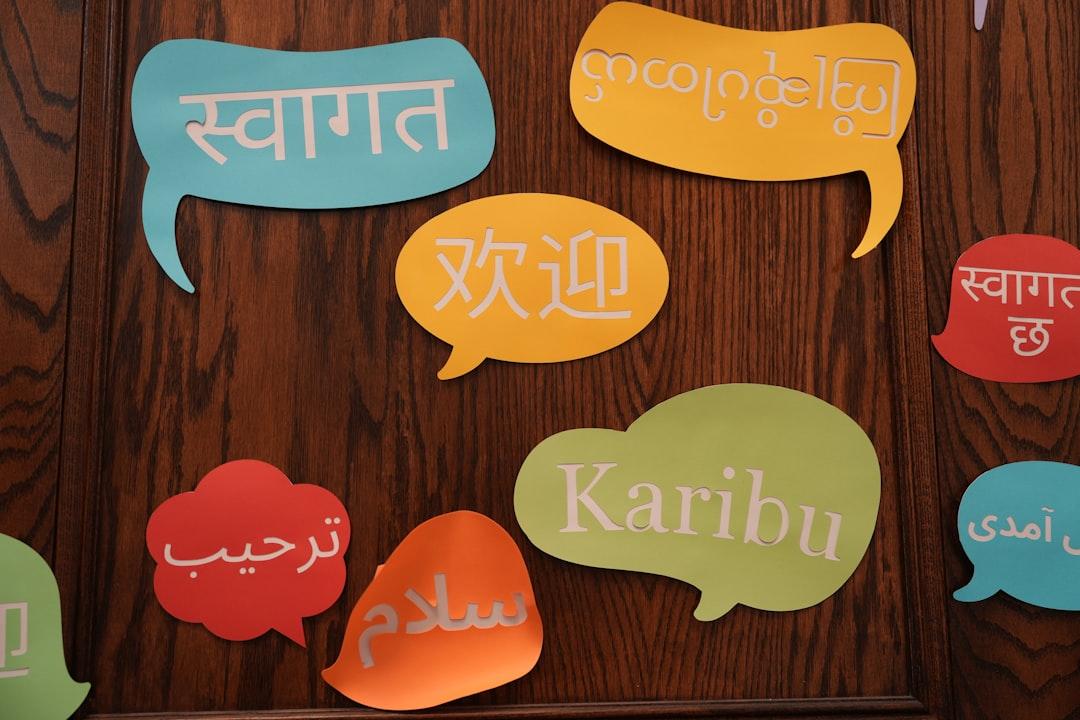The Challenge of Context in AI Translation
Getting translations perfect—accurate, on-brand, and culturally resonant—is challenging even for human translators, who often struggle with deadlines, new industry terminology, or a lack of familiarity with specific target cultures.
While traditional Machine Translation (MT) tools have improved, they often translate word-for-word, neglecting the critical element of context. This leads to inconsistencies, linguistic variations, and a failure to capture cultural customs (e.g., translating the idiom "I'm over the moon" literally as "I'm on the moon").
Newer AI-powered tools, often called contextual AI, aim to bridge this gap. These tools are trained on vast datasets and evaluate surrounding text, colloquial meanings, and cultural references to produce more accurate and nuanced translations. However, for very specific, low-resource, or technical challenges, you must intentionally provide these tools with extra context.
7 Ways to Enhance Context for AI Translators
Just like writing a detailed prompt for a large language model, you can give AI translation tools an "outline" to help them process information more accurately.
- Leverage Translation Memory (TM)
Translation Memory is a database of previously approved human translations. AI tools integrated with a TM can access and match past translations to similar contexts. This is especially useful for technical manuals or legal documents where precise and specialized terminology is mandatory.
- Provide a Localization Glossary
Glossaries contain industry-specific terminology, product names, and their approved translations. These are essential for ensuring consistency. By constantly updating your glossary with regional or cultural variations, you enable the AI system to provide translations tailored to specific locales and popular culture.
- Implement a Translation Style Guide
A style guide maintains the desired tone, style, and grammar of your brand across all translated content. Uploading this guide to the AI tool ensures consistency and helps the system deliver on-brand translations every time. Tip: Ensure your style guide is free of contradictions to avoid confusing the AI.
- Use Sentence Segmentation
Breaking down content into smaller, more manageable chunks makes it easier for the AI to translate and maintain coherence. This technique is particularly valuable for multilingual microcopy and for languages with significantly different sentence structures.
- Map Content Using Translation Keys
Translation Management Systems (TMS) use keys to map specific content chunks to different localized interfaces. This helps the AI understand that a specific key (e.g., a call-to-action button) has a consistent value across various touchpoints in the user interface.
- Guide Cultural and Regional Preferences
Help AI tools understand subtle cultural differences that machines might miss, such as orthotypography, symbols, or localized tone. Defining these cultural preferences, perhaps as a section within your style guide, ensures the translations are culturally sensitive and resonate with the target audience.
- Utilize User Feedback
The most valuable layer of context comes from iterative human refinement. Collecting and incorporating feedback from customers or professional human translators helps fine-tune the AI over time. This continuous feedback loop ensures the system evolves to provide contextually appropriate translations that meet audience expectations.
Conclusion: Context-aware AI has transformed localization by delivering accurate and nuanced translations at speed. By combining these contextual inputs with AI algorithms and human expertise, you unlock new possibilities for highly efficient and accurate translation workflows.

